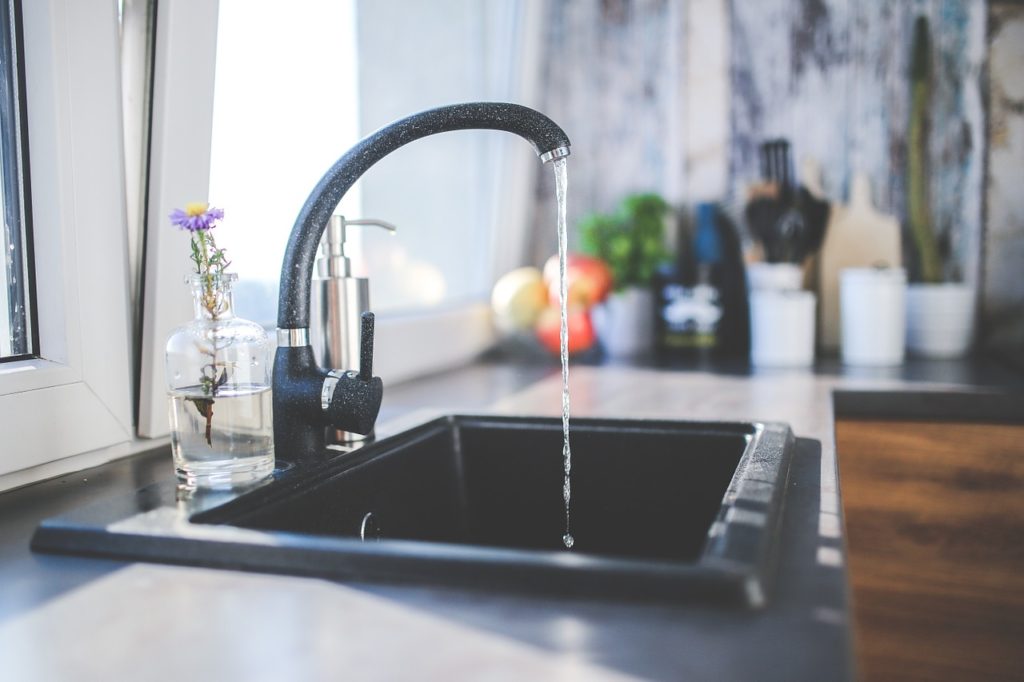
It starts with a drip or a drop, but over time a water leak from a faucet or pipe can cause severe structural damage and end up costing homeowners significant time, money, and effort in working toward the repair. The following tips can help in the detection and prevention of such leaks:
1. Checking Taps
This is the easiest way to keep on top of water leaks—simply by observing whether various taps in your home are leaking. Don’t forget to check taps and fixtures beyond those in your bathroom or kitchen—taps in laundry or utility rooms, basements, and outdoor areas or gardens may just as soon leak as the more typical culprits. Drip trays can be placed underneath washing machines in order to prevent leaking water from spreading and damaging surrounding structures.
2. Inspecting For Signs of Water Damage
Leaks from pipes hidden by walls or floors can be difficult to detect. Concentrated inspection may be necessary in looking at walls and ceilings for the following results of a water leak:
- Bubbling or peeling
- Discoloration
- Mold or mildew
- Moisture or dampness
Wardrobes, cabinets, joists, and load-bearing beams may also possess signs of water damage such as
- Warping
- Mold or mildew
- Rot and deterioration
Pipes in attics are particularly susceptible to water leaks. The insulation surrounding these pipes should be regularly checked for mold.
Mold must have nutrients and water to grow. When water makes contact with carpet or drywall it creates favorable conditions for mold to flourish. Only a day or two is needed for mold to grow, and once spores move through the air they can cause serious illnesses.
Water can also destroy paint, plaster and wallpaper.
Other signs of water damage include
- pooling water
- foul odors
- low water pressure
- an unexplained increase in your water bills
3. Keeping Pipes in Good Condition
Pipes constitute the circulatory system of a home, and responsible homeownership includes the maintenance of that system. Upkeep of pipes involves daily acts like unclogging drains without the use of abrasive and destructive cleaning fluids—nothing but water should go down a drain. Read up on which substances and fluids pipes can handle—even boiling water can cause damage to the PVC pipes below a sink. Monitor pipes outside your home—trees have roots that can grow into and harm pipes.
Remember: aging pipes are at risk for leaks, and all pipes should be checked and cleaned regularly. Inspecting pipes need not be difficult: a flashlight can illuminate areas under sinks for pipe dampness, mold growth, or rust.
4. Monitoring Shower Leaks
Faulty pipes are not always the cause of water leaks. Indeed, water damage often occurs when shower doors and curtains are misused. As water gets past these barriers bathroom floor tiles loosen, and rooms below the bathroom may also incur damage. In order to check for and prevent cumulative bathroom water damage, look for
- Loose tiles near the shower or bath
- Pools of water on the floor after a shower
- Mold on walls or the floor
- Holes in the caulk between the floor and wall, shower, or bath
